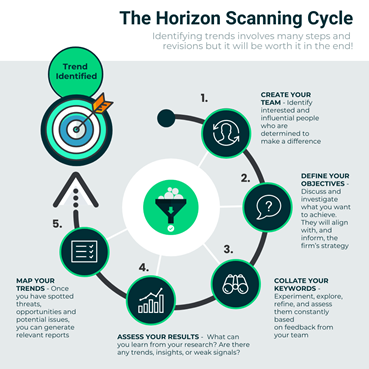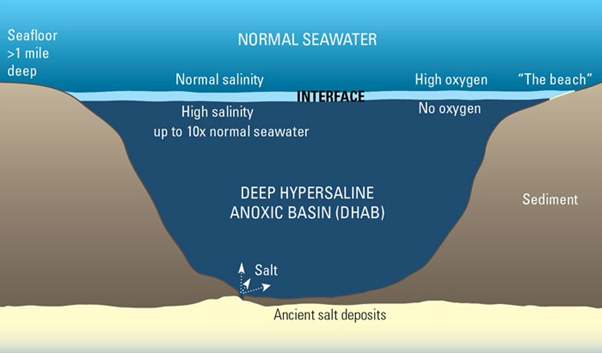

11th July 2022 (8 Topics)
Context
A new study argues that the growing demand for renewable energy technology, such as lithium batteries for electric cars, also poses a potential threat to marine ecology.
- A technique called ‘horizon scanning’ was used to arrive at the conclusions.
About
Green technology impact:
- There is an attempt to replace fossil fuel-based plastic with biodegradable polymers, such the ‘biodegradable plastic bags’ made of plant starches.
- However, these materials also do not biodegrade under natural conditions in the ocean and their widespread adoption can cause marine litter as well.
- The growing demand for renewable energy technology, such as lithium batteries for electric cars, also poses a potential threat to marine ecology.
- Deep sea ‘brine pools’ of more saline water, contain higher concentrations of lithium and could become future sites for extraction.
- A rising demand for lithium-powered electric vehicles could put these environments at risk.
|
Brine pools:
|
Horizon scanning:
- Horizon scanning, also known as environmental scanning, is a foresight method used for discovering early signs of potential change.
- It is a systematic process that enables organisations to spot trends before they emerge into the mainstream and identify key action points to proactively shape desirable futures.
- It is a technique which seeks to identify novel but poorly known issues that are likely to become important consequences over the next decade.
- The researchers of the study argue that this methodology is meant to “primarily act as signposts, putting focus on particular issues and providing support for researchers and practitioners to seek investment in these areas” before they have a major impact.
- It is also an effective way of assembling experts from diverse subject areas to examine common issues and formulate more comprehensive solutions.
- The horizon scan method has been previously used to identify issues that are now known to have universal environmental impact.
- A scan from 2009 gave an early warning about the danger that microplastics (tiny plastic debris smaller than 5 mm) pose to marine environments.
- Since then, countries such as the US and UK have banned cosmetics from containing microbeads.

|
Biodegradable Plastics
Biodegradable Vs. Compostable
Compostable is always biodegradable Biodegradable is not always compostable
|
More Articles



